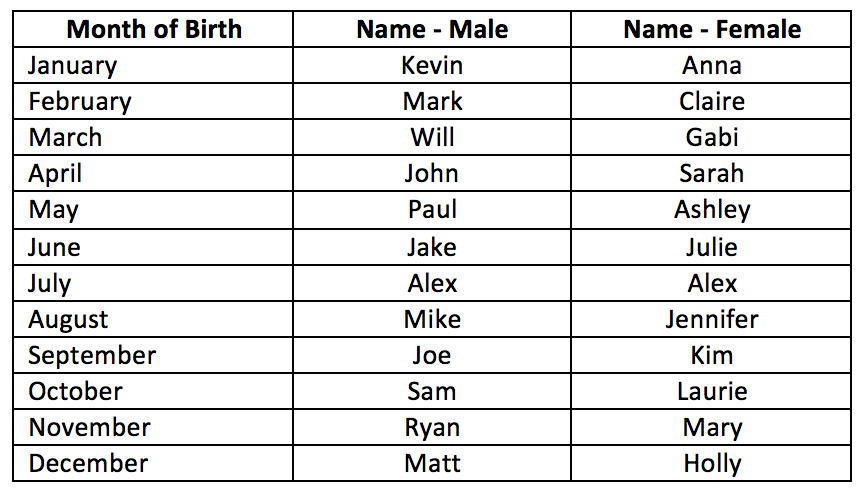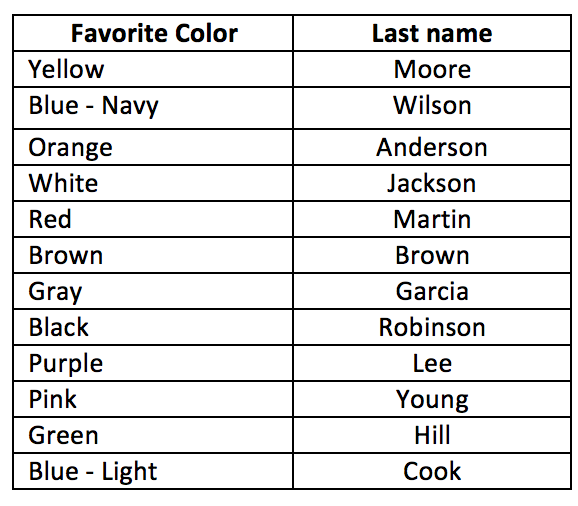College orientation was one of the most uncomfortable and awkward experiences of my life. I would say that most other current college students would attest to this. I think it’s very unreasonable to expect a group of 18-year-olds to meet for the first time and become friends in a short time span while learning everything you’re supposed to know about the school you are attending.
Thankfully I am through the college orientation process, but I have a lifetime of job orientations ahead of me. Apparently, this process in the workforce is called “onboarding” (thanks, Dad!), but to newbies like me, we invented a new term to describe this orientation called “pre-boarding”.
This new style of onboarding is a more in-depth look into general ideas about the workforce in addition to normal onboarding events. This is for people that have never worked real-life jobs before (yup, that’s me). I like this idea of pre-boarding because I am a very curious person that has a million questions and likes them all to be answered! So, here are some specific topics that I want companies to focus on while pre-boarding newbies like me:
- Dress Code: For someone that has always put a heavy emphasis on what I wear, this is very important to me and other young people. The words “business casual” mean absolutely nothing to me. I need concrete examples of what to wear and this means VISUALS. I want someone to show me pictures or even show me real-life examples of what I should be wearing every day to work. Please and thank you.
- Logistics: I’m calling this section logistics because it encompasses a whole array of logistical things. I need to know where to park, where to sit, when I eat, where I eat, where’s the bathroom, when I’m supposed to arrive, when I’m supposed to leave, among many other things. And I would like a concrete answer to all of these. Coming from a school environment, like most newbies are, we are always told when to do things and how to do them. Therefore, it is important to realize this and adhere to how your new employees have been given information for most of their lives.
- Job-related content: This part of the pre-boarding process should be different for every job because it has to do with the specific duties and tasks that new employees will be performing. This can include things like meeting your fellow team members, learning how to use certain software or programs, and other instructional demonstrations as needed (you guys already know how to do this part). Will I have a laptop, desktop, no computer, no desk? Should I bring my own laptop? What about my phone, you know I’m not going anywhere without that!?
I’m sure I’m forgetting a million other things that are important, but these are just things that I specifically worry about. For this pre-boarding process, it is extremely important to leave all questions unanswered. Gen-Z (and young people across history) DON’T ask questions, so it is important to make sure you think of everything beforehand. This process will help alleviate pressure from your new employee and will warrant an easy and successful transition into their new position.
Here’s to hoping that my future bosses will be reading this post to make it easier for me!
HR and TA Pros – have a question you would like to ask directly to a GenZ? Ask us in the comments and I’ll have Cameron respond in an upcoming blog post right here on the project. Have some feedback for Cameron? Again, please share in the comments and/or connect with him on LinkedIn.




